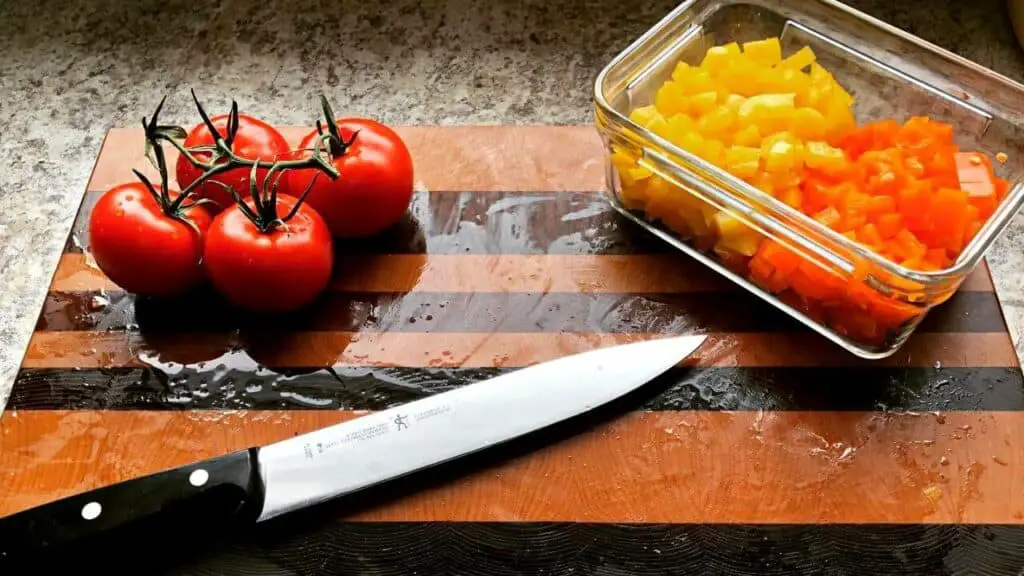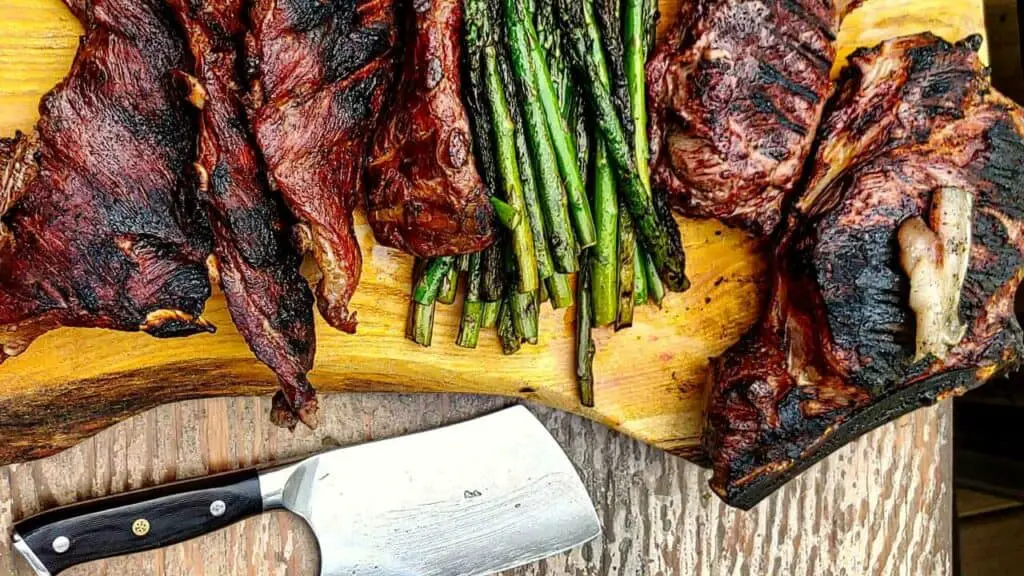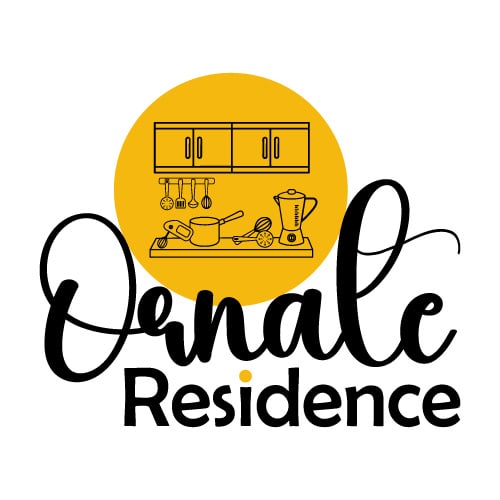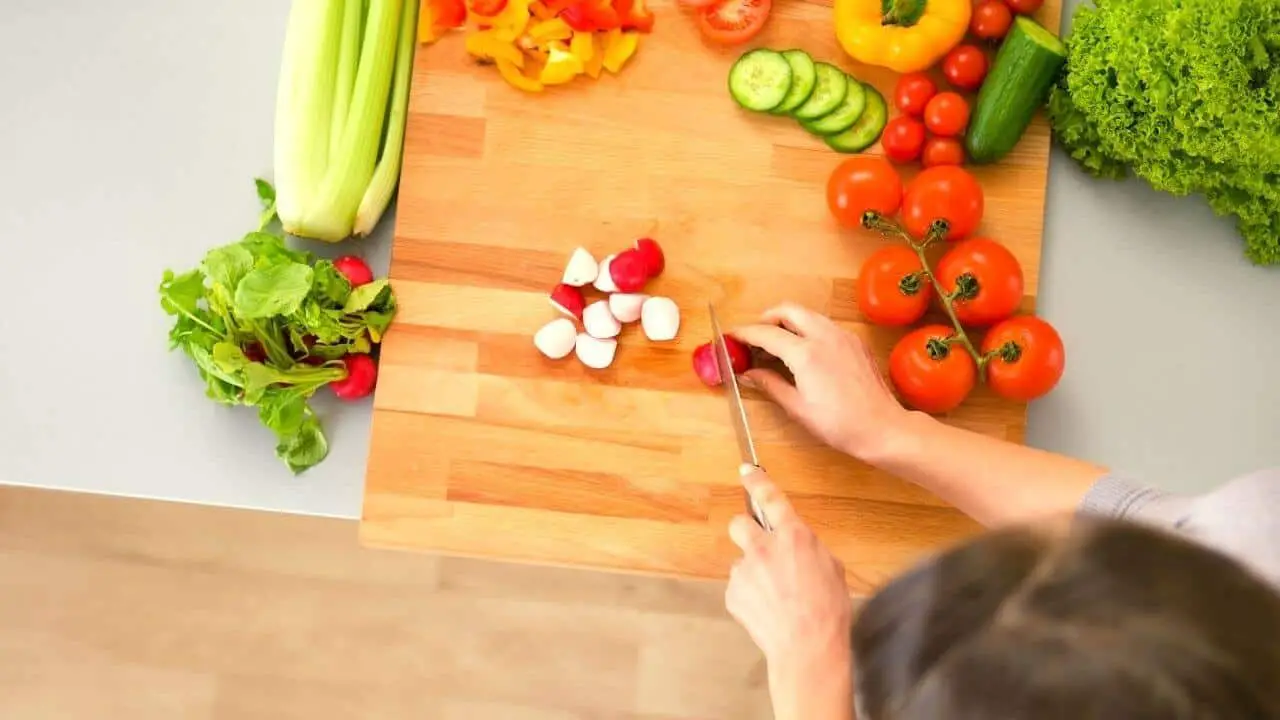Last Updated on May 19, 2023 by River Tree Farms
Veggies like broccoli, potatoes, carrots, and celery come in handy in many recipes. They are excellent sources of potassium, vitamin C, fiber, and antioxidants. Knowing how to cut your vegetables could help you maintain kitchen safety. Is it OK to cut vegetables on a cutting board? Common questions include ‘Do you need a veggie cutting board?’ and ‘Can you use the same cutting board for meat and vegetables?’ Keep reading to find out.
Vegetables on Cutting Board

Consider getting two separate boards for your veggies and meat. One of the boards can be used strictly to cut poultry, seafood, and meat. The other one can work for vegetables and pieces of bread.
Using different cutting boards is great for preventing cross-contamination. Using the same board could promote the transfer of bacteria. Raw red meat, poultry, eggs, and seafood easily spread bacteria to other foods.
Butcher blocks and cutting boards have tiny pores in which bacteria could hide. Since the pores are so tiny, they can hold bacteria even after proper washing.
When you use the same board to cut fruits, cheese, or vegetables, bacteria are transferred.
How Veggies and Meat are Cut?

The way meat and vegetables are cut depends on how you plan on using them. Whichever way you cut them, your meats release liquids that can seep into the surface of the cutting board. However, the liquids aren’t necessarily harmful to your health. You can eat or cook them or the crumbs on your board. The problem only arises when they stay there for too long.
If the liquids or crumbs stay in the crevices of your cutting board for too long, they can harbor bacteria. If you need to use the same cutting board for both meats and veggies, you have to disinfect it thoroughly after every use.
How to Disinfect Your Cutting Board
There are many ways to disinfect your cutting board and prepare it for the next use. Here are a few options to consider trying:
1. Use Bicarbonate of Soda
Mix a tablespoon of salt, a tablespoon of bi-carb soda, and a tablespoon of water to make a paste. With this paste, scrub both sides of your cutting board and rinse thoroughly with hot water. Air out to dry.
2. Lemon Juice and Vinegar
Vinegar is a wonderful disinfectant. It has acids that can kill Staphylococcus, E-coli, and Salmonella. After washing your cutting board, as usual, wipe it down with a vinegar-lemon juice solution. Wait ten minutes before rinsing thoroughly.
3. Hydrogen Peroxide
Use three percent hydrogen peroxide for your chopping board. After washing your board, spray enough hydrogen peroxide, ensuring that it gets into the cuts and crevices. Let it sit for a few minutes, rinse, and dry.
4. Lemons
Lemons may not disinfect your cutting board, but they can get rid of strong smells. They are great deodorizers and keep the smells of meat, garlic, or onions at bay. Cut a lemon in half and use it to rub over the board. Adding some salt could yield better results.
In addition, you shouldn’t put wooden boards in the dishwasher. The boards might crack or warp, creating room for bacteria to breed. Cracked chopping boards can be difficult to clean or disinfect. Air dry your cutting board in an airy place to further eliminate bacteria that could thrive in moisture.
Conclusion
Is it OK to cut vegetables on a cutting board? However, you must clean and disinfect the board regularly to prevent cross-contamination. Using the same cutting board for meat and vegetables can spread diseases if you are not careful. Get two boards for your kitchen if you can’t disinfect your cutting board after every use.

